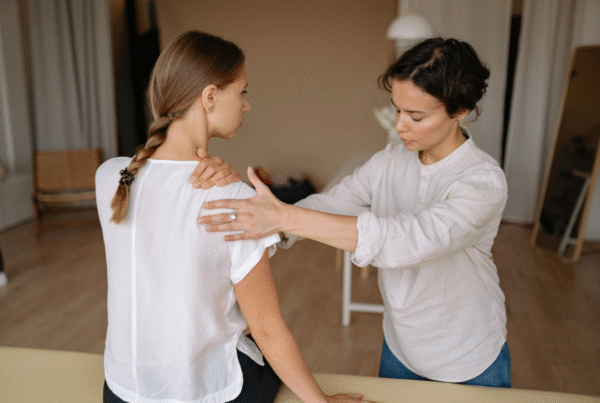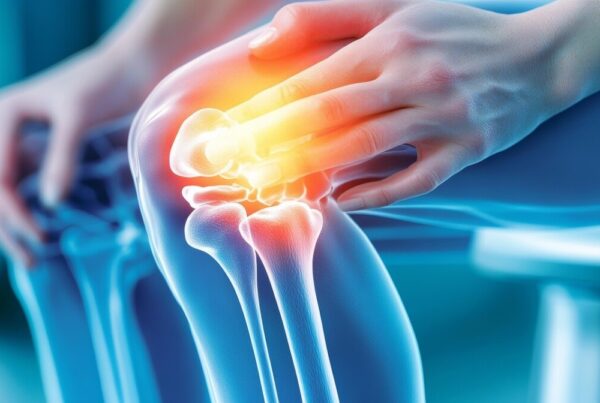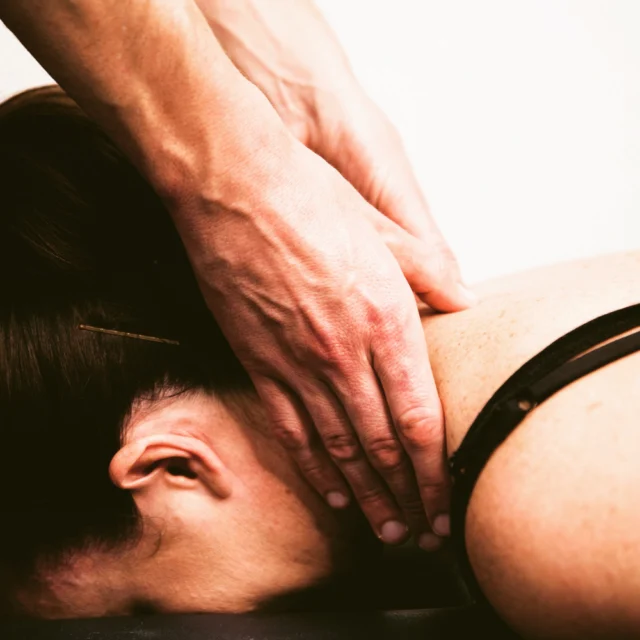Can your toes go past your knees when you squat?
If you’re a regular at the gym, or even just an at home exercise enthusiast, you may have heard of the advice “don’t let your knees go past your toes” as you squat.
But is it time to challenge this thinking?
The idea that letting your knees come over your toes has often led to the notion that this will increase knee pain and put excessive strain on your ACL (Anterior Cruciate Ligament).
Yes, preventing your toes from going over your knees reduces the torque by 22% and so can be recommended in some instances of anterior (front) knee pain. But limiting knee flexion comes at the expense of your hips and lower spine, where there is a dramatic increase in torque of >1000%.
This means that there is a disproportionate increase in sheer force translated to the hip and lower spine that has the potential to cause lower back issues.
But what about the strain on my ACL?
The primary role of the ACL is to limit the anterior (forwards) sheer of the tibia on the femur. In a study done with a professional soccer team in their pre-season training, back squats were incorporated as part of their program. The results showed that when comparing squats with kicking a ball (open chair exercise), squats had less anterior translation. Furthermore, the increase in the athletes squat strength demonstrated improvements in their sprint performance. Essentially, the idea that the ACL will be at risk of rupture with ‘knee-past-the-toe’ squats can be myth busted.
So what are the top tips for squatting?
- Assume a natural stance width and foot position
- Ensure your heels stay in contact with the floor
- Allow your knees to move unrestricted
- Keep your gaze forwards or upwards
- Keep your spine in a neutral position
- Ensure your knees are in alignment with your toes (don’t let your knees knock together)
- Incorporate full depth squats into your training routine to maximise muscle activation
If you would like some more information on exercise to minimise knee pain book in to one of our 4 Sydney CBD Physio clinics.
Reference:





